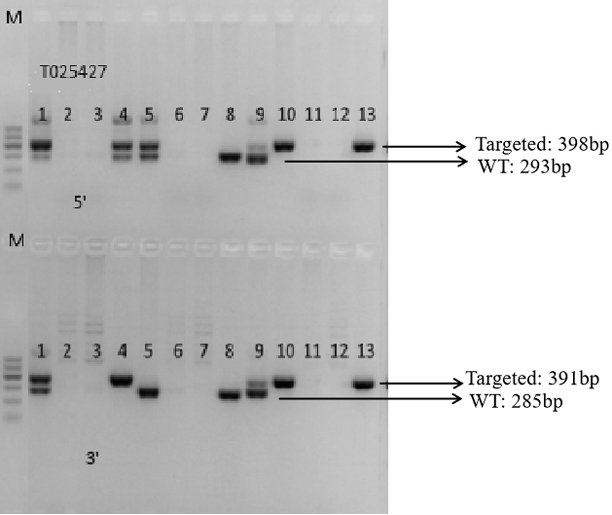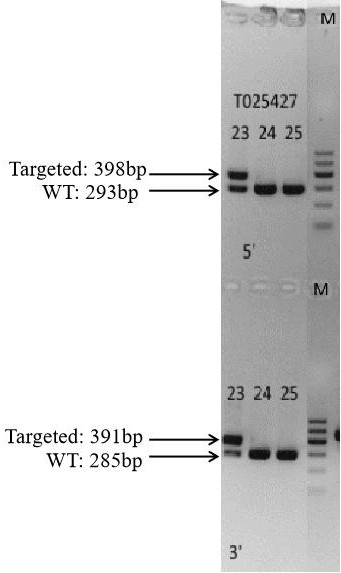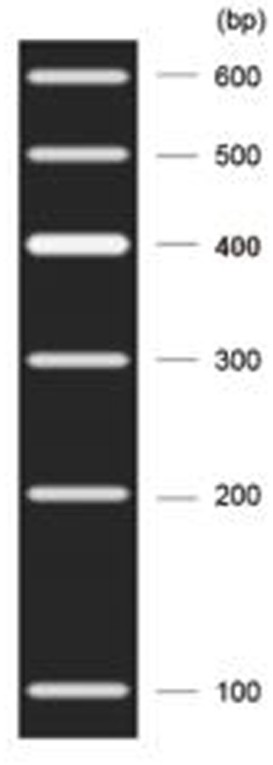Construction method of PTDSS2 conditional gene knockout mouse model
A method for constructing a mouse model, applied in the field of genetic engineering, can solve the problem of not finding PTDSS2 gene conditional knockout mice, etc., and achieve the effect of low cost, time and cost saving
- Summary
- Abstract
- Description
- Claims
- Application Information
AI Technical Summary
Problems solved by technology
Method used
Image
Examples
Embodiment 1
[0038] Example 1. Construction of PTDSS2 gene conditional knockout mouse model
[0039] This example uses CRISPR Cas9 technology to genetically modify the mouse PTDSS2 gene. After the mice with stable genetic inheritance are mated with mice expressing Cre recombinase, the flox mice are knocked out, and knocking out this region will lead to the destruction of the protein function . Unless otherwise specified, the mice used in this example are C57BL / 6J strain mice.
[0040] 1. Determine the conditional knockout region and sequence
[0041] According to the structure of the PTDSS2 gene, Exon2-Exon3 of the PTDSS2-201 transcript was used as the knockout region, which contained a 185 bp coding sequence. The sequence of the targeting vector is shown below, where capital letters underlined correspond to Loxp sites.
[0042] The insertion position of Loxp1 is as follows:
[0043] cttgaagacctgacctgggaccggccctgtccctttcttggcaacgccttcatggttccctggttggttctggcagggttgccttcctacccactcagcgatt...
PUM
 Login to View More
Login to View More Abstract
Description
Claims
Application Information
 Login to View More
Login to View More - R&D
- Intellectual Property
- Life Sciences
- Materials
- Tech Scout
- Unparalleled Data Quality
- Higher Quality Content
- 60% Fewer Hallucinations
Browse by: Latest US Patents, China's latest patents, Technical Efficacy Thesaurus, Application Domain, Technology Topic, Popular Technical Reports.
© 2025 PatSnap. All rights reserved.Legal|Privacy policy|Modern Slavery Act Transparency Statement|Sitemap|About US| Contact US: help@patsnap.com



